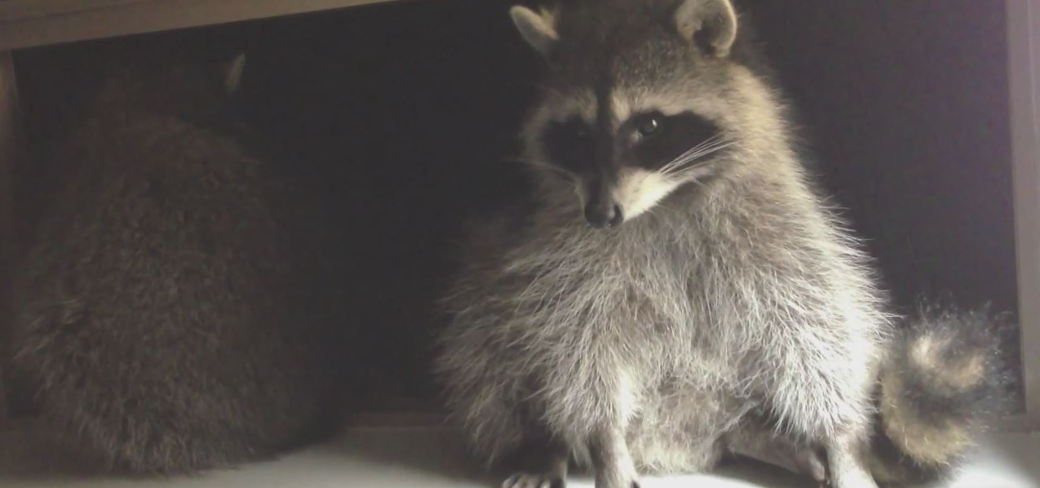How Big Do San Diego Raccoons Get?
Raccoons are considered as curious and intelligent creatures, but sometimes they can act nonsense as well. These notorious creatures can destroy yards and gardens while searching for food. They are often found moving around trash cans, pet food, bird food, and vegetation.

Raccoons can be identified from their round structure and bushy tails with a black mask of fur around the eye area. At first sight, these animals appear innocent and cute to viewers but once you come to know how destructive they can be; you will simply hate them.
Studies reveal that the estimated size of a San Diego raccoon can be same as a small dog. They usually grow somewhere between 60 to 95 centimeters and can have maximum weight around 4 to 23 lbs. These creatures are commonly found in Japan, Europe, Central America and North America. Experts say that raccoons are very adaptable creatures; they can adjust to a variety of climates. Their homes are usually named as dens, and they can be in caves or trees. Some of these notorious creatures can also prefer abandoned vehicles, barns, and even human habitat to create their dens.
Raccoons find it more interesting to live near human habitat as it helps them to get easy access to lots of food. But the terrible fact is that they carry harmful disease viruses that can be transferred to human beings or pets as well. Raccoons are generally quite lazy and sleepy creatures. They can sleep all day long, but they do not hibernate. They simply try to reduce the stored fat in their body and can lose almost 50 percent of body weight in the winter season. Raccoons are considered as clean animals; they prefer to wash their food in the stream and also prefer to keep their dens free from urine smell.
Note that California raccoons are omnivore animals so they can live upon meat and vegetation as well. They can visit your garden to enjoy healthy food by eating walnuts, corns, beechnuts, watermelons, figs, wild grapes, plums, citrus fruits, peaches, berries, persimmons, acorns, apples, and cherries. Their most loved animal treats include bird eggs, rodents, insects, crayfish, fish, and frogs. When all these items are not available, they would even love to enjoy human or pet leftovers.
Raccoons reproduce in the summer season, and their babies are called as cubs or kits. The female San Diego raccoons can have one to 7 babies at once, and they are generally produced within the gestation period of 60-73 days. During the first 2 months after coming out of mother’s womb, these babies live in the den. After 12 weeks, they can start roaming around in search of food with their mothers. However, they become independent only within 8 to 12 months after their birth. The estimated life cycle of raccoons is somewhere around 2-3 years. They can run at a speed of 24 Km/hour. If you have raccoons in your premises, it is important to call professional exterminators as soon as possible to get rid of them.
Visit our San Diego wildlife removal home page to learn more about us.

